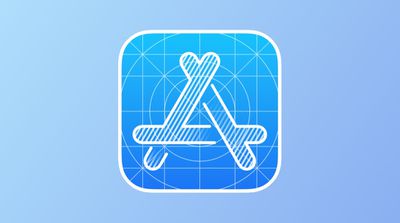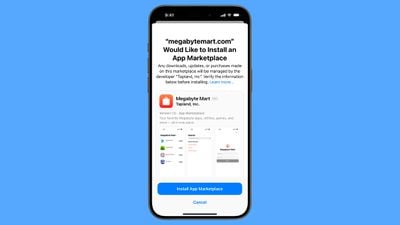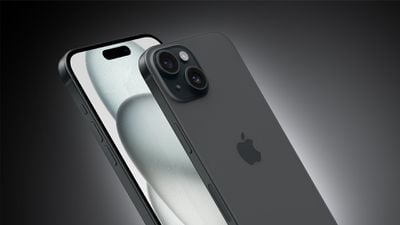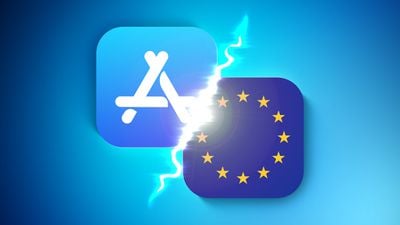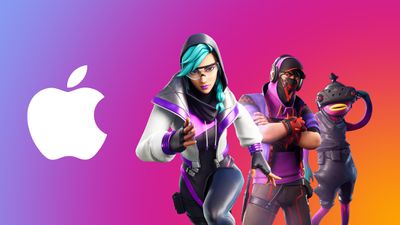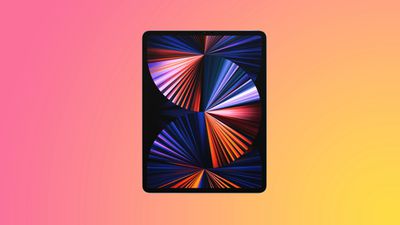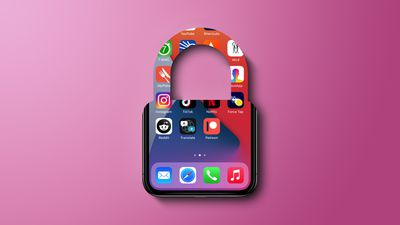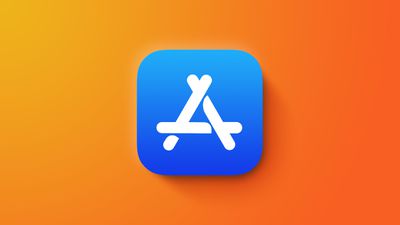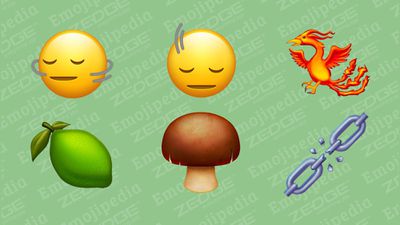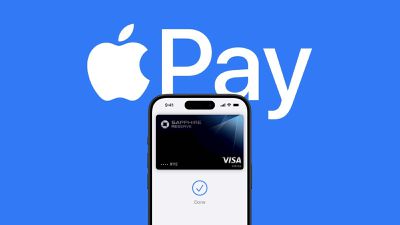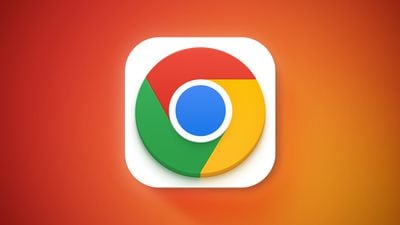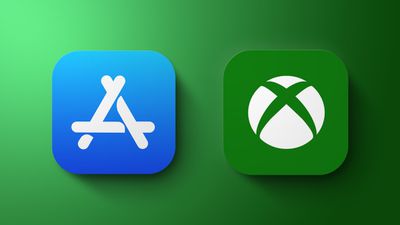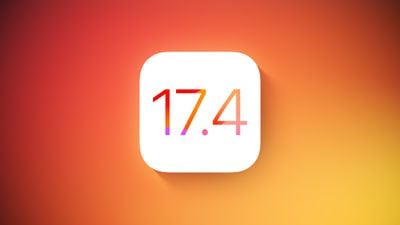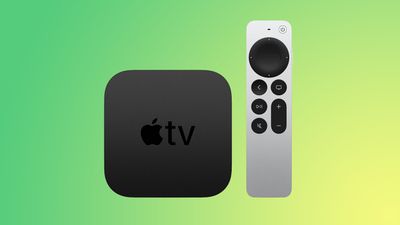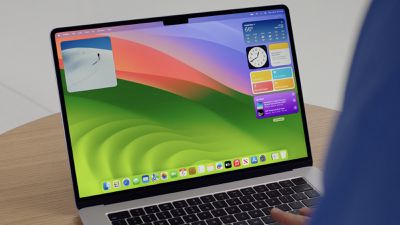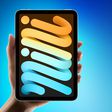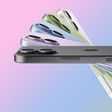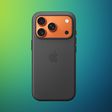App developers in the European Union who choose to opt in to Apple's new business terms must pay an €0.50 "Core Technology Fee" or CTF for every app install over one million installs, a model that has the potential to bankrupt free or freemium app developers.
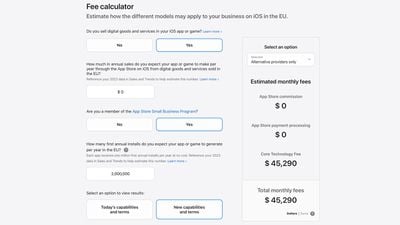
Apple does not charge for the first one million "first annual installs" per iOS account each year, but after that, developers will begin racking up charges. A free or freemium app that goes "viral" and is downloaded more than one million times could be forced to pay astronomical fees, as demonstrated in estimates shared by developer Steve Troughton-Smith.
Under Apple's new business terms, a free or freemium app that gets two million annual "first installs" would need to pay an estimated $45,290 in fees per month according to Apple's fee calculator, or more than half a million dollars per year, even if no money is earned.
That's an unsustainable model for free apps, and freemium apps would need to be earning at least €0.50 per user to break even with the fee. A freemium app with thousands of installs from non-paying users could end up owing far more than is made. Developers will likely need to charge up front to ensure their apps make enough money to pay the CTF, as offering a free-to-download app could be risky if downloads exceed 1 million.
Free and freemium app developers can, however, choose to stick with Apple's current App Store business terms instead of opting for the new terms. In that situation, nothing would change, and app developers would continue to pay a 15 to 30 percent commission to Apple.
The €0.50 CTF applies to apps distributed both through the App Store and through alternative app stores if developers choose the new business terms. With the App Store, developers are charged the €0.50 fee and must pay a 10 to 17 percent commission to Apple. With an alternative app store, there is no commission. Fees can be estimated for the existing terms and the new terms through a dedicated calculator that Apple has provided to developers.
Here's a breakdown of the available options:
- Current App Store Agreement - Developers pay Apple a 15 to 30 percent commission. Under one million in revenue is a 15 percent commission through the App Store Small Business Program, over $1 million results in a 30 percent commission. Subscriptions require a 30 percent commission for the first year, and a 15 percent commission for the second year and beyond.
- New terms, App Store distribution - Commission drops to 17 percent from 30 percent, and 10 percent from 15 percent. There is an additional fee of 3 percent for using Apple's payment system, so the commission would be between 13 and 20 percent for a developer that opts for the new rules and uses in-app purchases. The 3 percent fee does not apply for developers who use alternative payment systems. Developers must also pay €0.50 per app install per user each year after 1 million app installs.
- New terms, alternative app store distribution - No commission, but developers must pay €0.50 per app install per user annually after 1 million app installs.
According to Apple, the CTF is applied for the first annual install, which is the first time an app is installed by an account in the EU in a 12-month period. After the first annual install, the app can be installed any number of times by the same account for the next 12 months with no charge.
Apple is waiving the fee for nonprofit organizations, accredited educational institutions, and government entities that are approved for a fee waiver.
Apple's Core Technology Fee could also be prohibitively expensive for apps like Spotify that have millions of users. An app that makes $10 million in sales through the App Store with 10 million "first installs" (aka, a 0.99 price) will need to pay Apple over $500k per month.
Under the App Store's new fee structure for Europe, if you make $10 million in sales, Apple's cut is $6.2 million annually. Assuming you have no operating costs or salaries, your take home amount:
$2 million after tax—or 20% of your sales I will never launch an app in Europe. pic.twitter.com/MUCxVHcHOo — Nikita Bier (@nikitabier) January 25, 2024
The EU app ecosystem changes are included in iOS 17.4, and developers who opt for Apple's new system will need to start paying fees starting in March when the update launches to the public.


